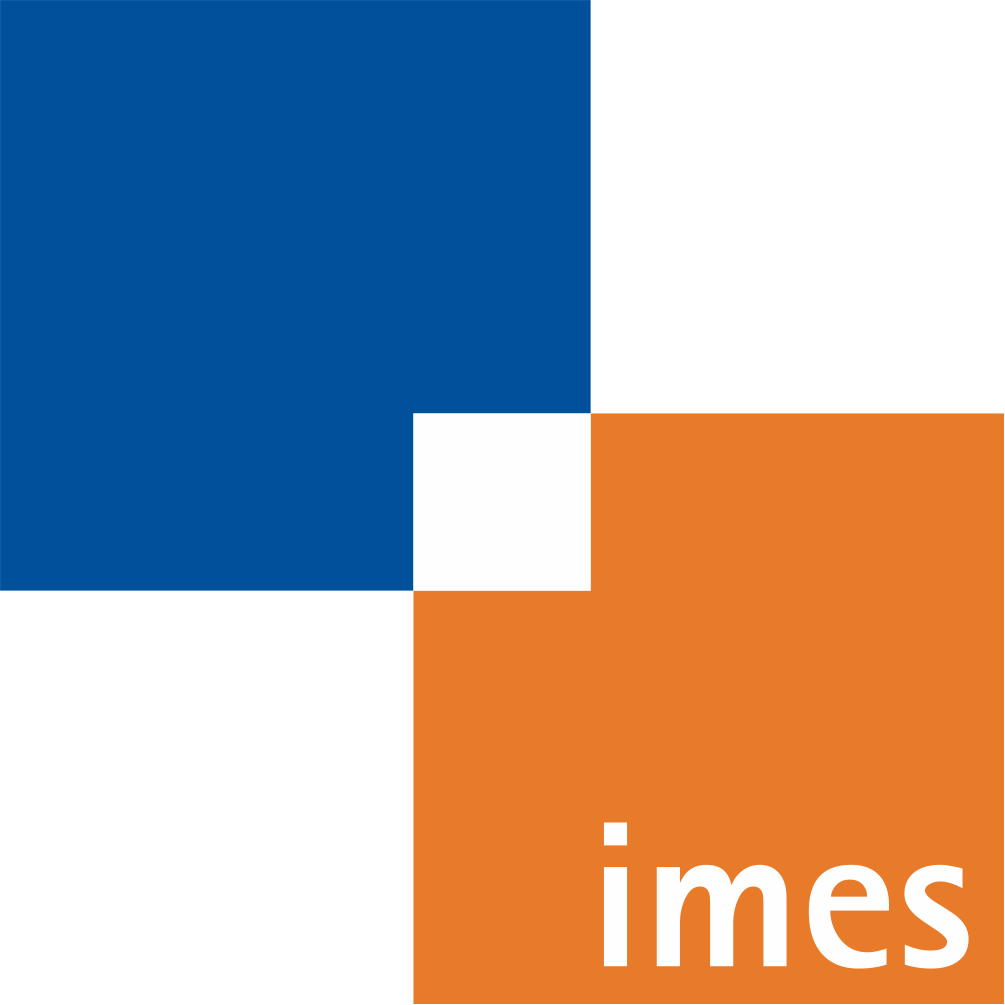Cochlear Dummy Electrodes for Insertion Training and Research Purposes
Fabrication, Mechanical Characterization, and Experimental Validation
- verfasst von
- Jan Philipp Kobler, Anandhan Dhanasingh, Raphael Kiran, Claude Jolly, Tobias Ortmaier
- Abstract
To develop skills sufficient for hearing preservation cochlear implant surgery, surgeons need to perform several electrode insertion trials in ex vivo temporal bones, thereby consuming relatively expensive electrode carriers. The objectives of this study were to evaluate the insertion characteristics of cochlear electrodes in a plastic scala tympani model and to fabricate radio opaque polymer filament dummy electrodes of equivalent mechanical properties. In addition, this study should aid the design and development of new cochlear electrodes. Automated insertion force measurement is a new technique to reproducibly analyze and evaluate the insertion dynamics and mechanical characteristics of an electrode. Mechanical properties of MED-EL's FLEX28, FLEX24, and FLEX20 electrodes were assessed with the help of an automated insertion tool. Statistical analysis of the overall mechanical behavior of the electrodes and factors influencing the insertion force are discussed. Radio opaque dummy electrodes of comparable characteristics were fabricated based on insertion force measurements. The platinum-iridium wires were replaced by polymer filament to provide sufficient stiffness to the electrodes and to eradicate the metallic artifacts in X-ray and computed tomography (CT) images. These low-cost dummy electrodes are cheap alternatives for surgical training and for in vitro, ex vivo, and in vivo research purposes.
- Organisationseinheit(en)
-
Institut für Mechatronische Systeme
- Externe Organisation(en)
-
MED-EL Medical Electronics
- Typ
- Artikel
- Journal
- BioMed research international
- Band
- 2015
- ISSN
- 2314-6133
- Publikationsdatum
- 2015
- Publikationsstatus
- Veröffentlicht
- Peer-reviewed
- Ja
- ASJC Scopus Sachgebiete
- Biochemie, Genetik und Molekularbiologie (insg.), Immunologie und Mikrobiologie (insg.)
- Elektronische Version(en)
-
https://doi.org/10.1155/2015/574209 (Zugang:
Offen)
https://doi.org/10.15488/29 (Zugang: Offen)
